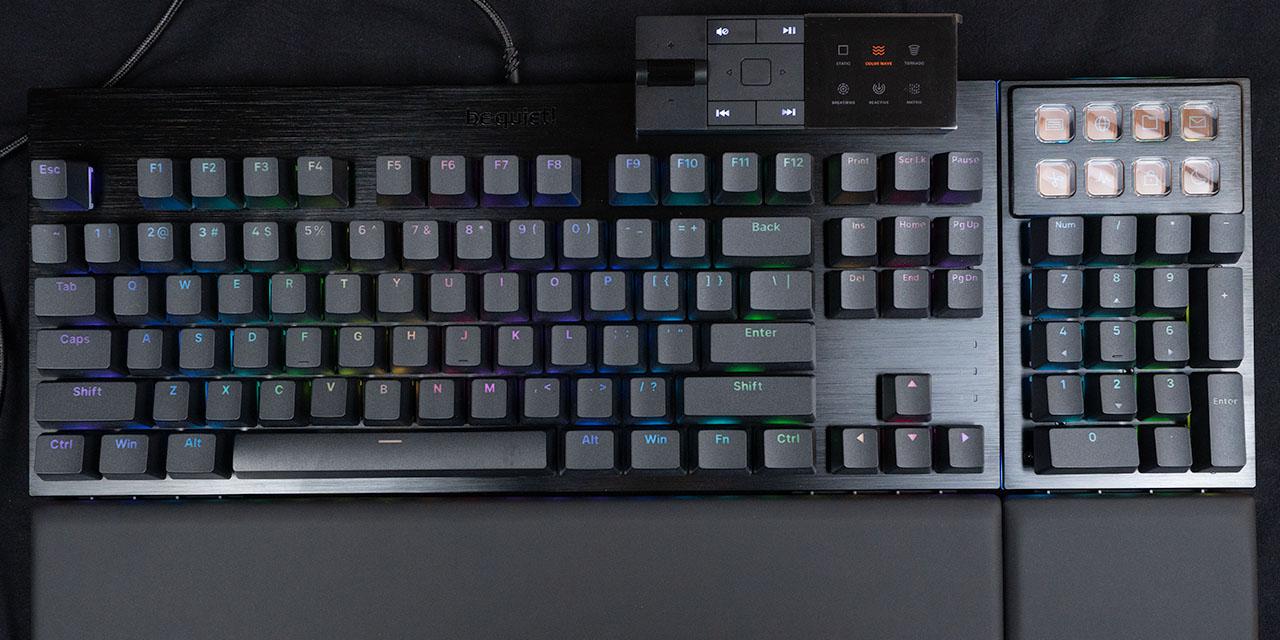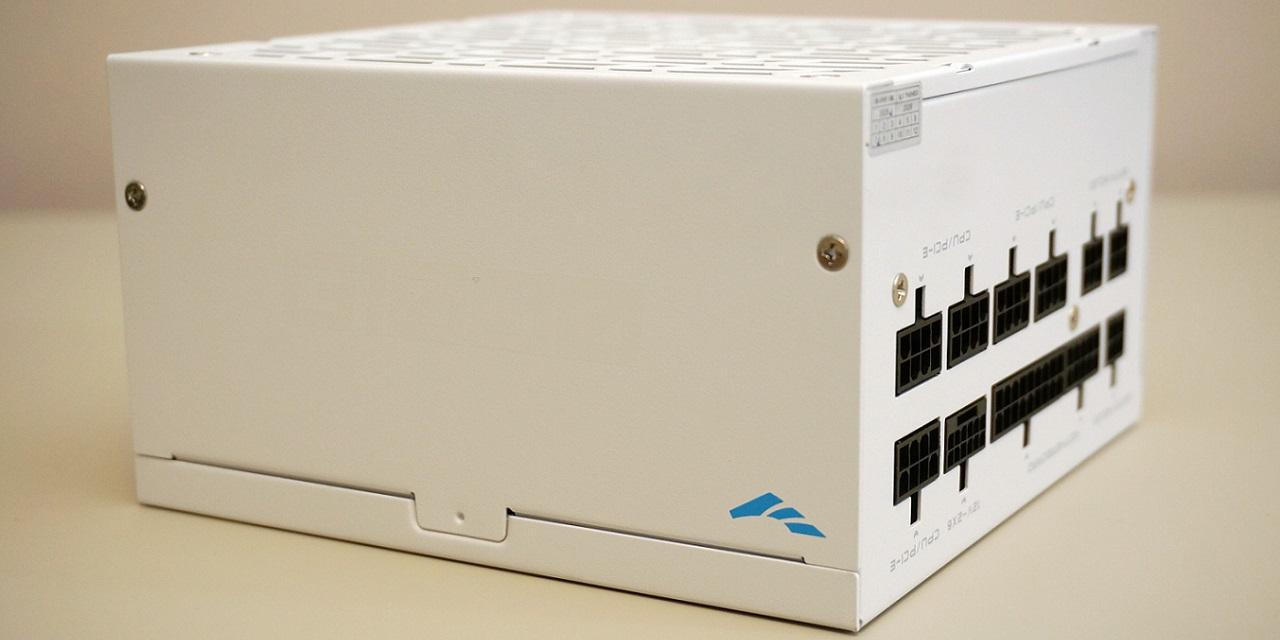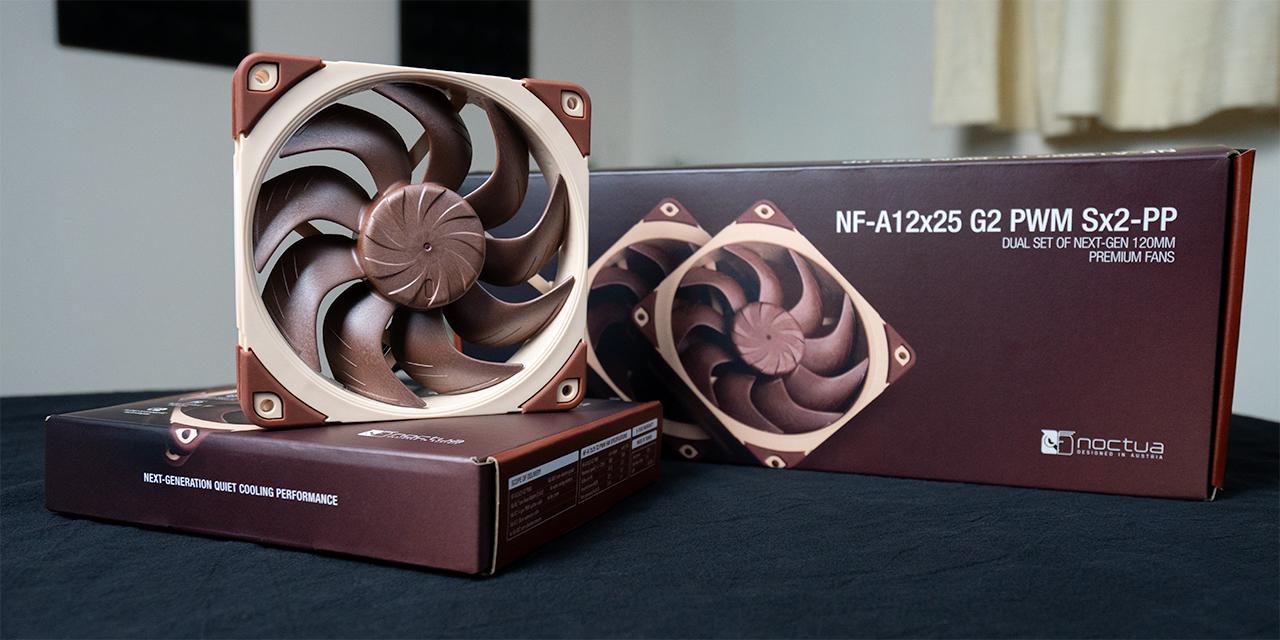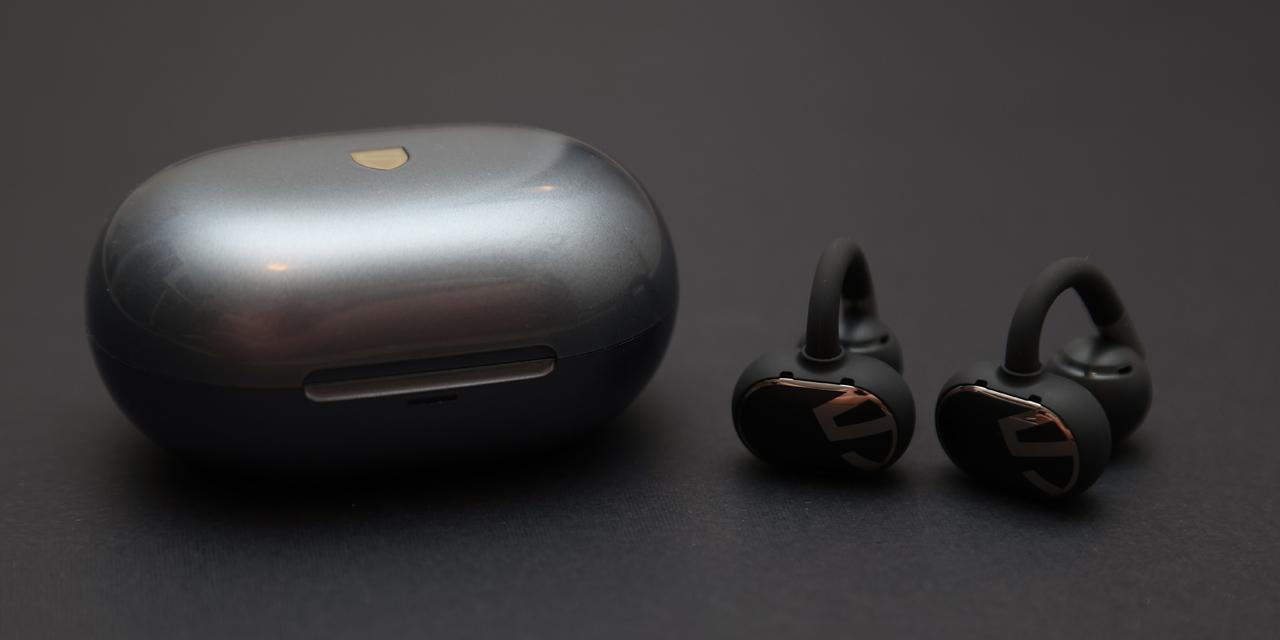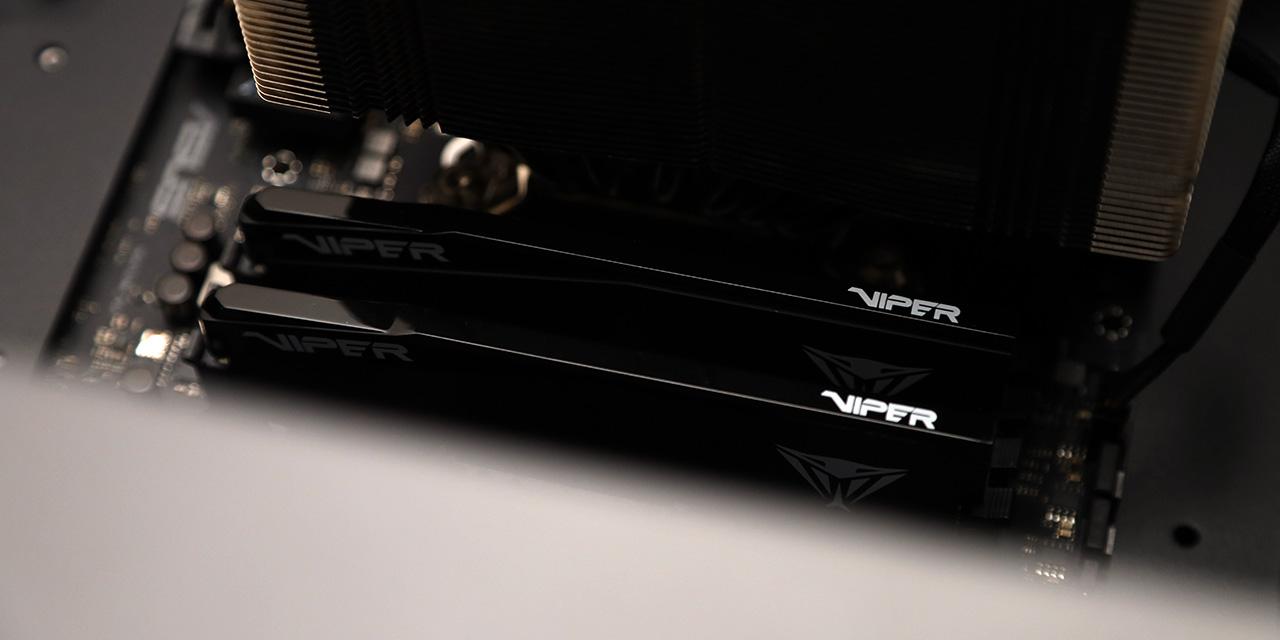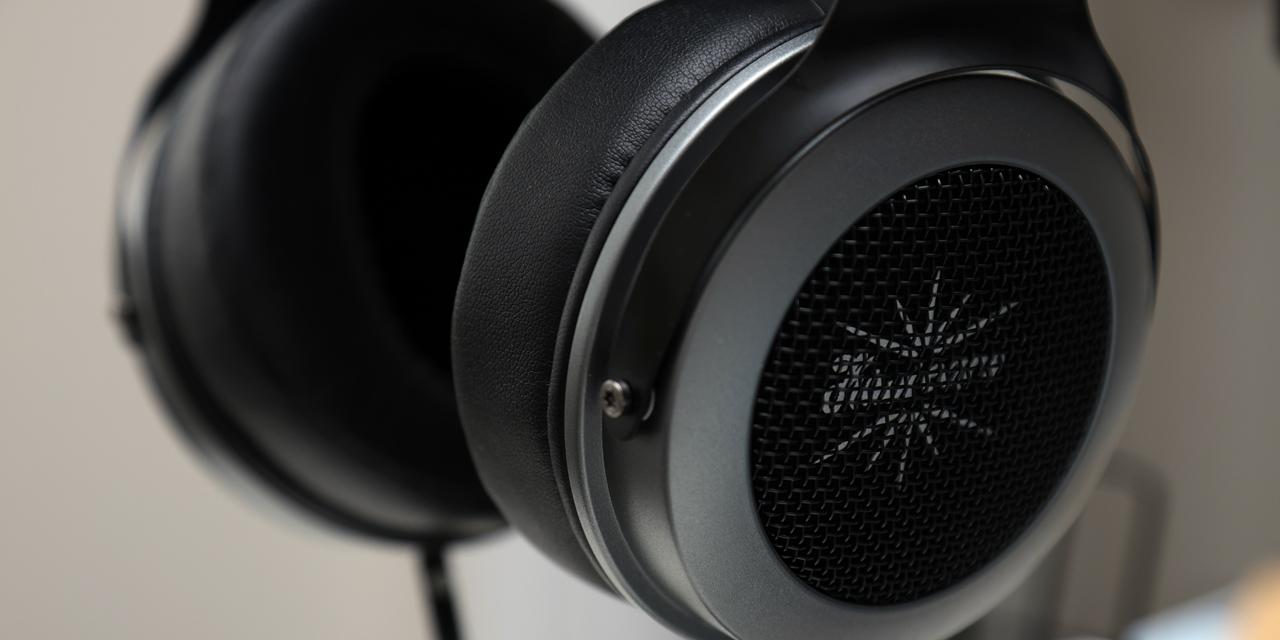Page 3 - A Closer Look - Disassembly and Internals

The disassembly process of the Epomaker HE68 Lite is quite simple. Given the tray-mount structure, you can simply remove the keycaps then unscrew the PCB from the bottom tray. In this case, you will have to remove the majority of the keycaps, as there are eight screws around the PCB securing it in place. If you want to take apart the PCB assembly, you will have to remove all the keycaps and switches. Upon unscrewing, the PCB and plate were quite snug inside of the frame, being quite difficult to remove. I personally found it easiest to remove a few switches then pull them out, starting with the bottom half. This disassembly process was quite simple and standard for any tray-mount keyboard. It was a good experience to take it apart. Upon exposing the interior design, I was quite satisfied with the design. There is a good amount of foam usage to fill the case.

The interior design was quite standard in my opinion. Taking a quick look, the design is very simple. The Epomaker HE68 Lite is a tray-mount keyboard. The installation is the simplest of all mounting styles, only requiring one frame. There is nothing very special about the design. There is very little space, especially when accounting for the foam placed inside of the keyboard. This is fine as this is not a gasket mount, meaning there is no flex to be accounted for in the design.
The foam in the case is done well. Epomaker does not hold back when it comes to foam in this case, as inside, you will find foam for the bottom of the PCB, switches, and plate. Foam usage in keyboards is quite important, so having access to this much foam is excellent. To explain simply, the more foam you use, the more muted your keyboard will be for the most part. The HE68 Lite uses Poron Sandwich Foam with a layer of an IXPE Switch Pad, and a PET Sound-Enhancement Pad sandwiched between the plate and PCB. Underneath the PCB, we have a Switch Socket Pad and Bottom Foam. I have noticed the usage of IXPE has been becoming more popular in keyboards. Switch foam is a strange usage of foam that I personally find to be a cheat code to premium sound with no science to back up my claim. These five layers of foam should help to benefit in the sound of the keyboard.
The plate inside of the Epomaker HE68 Lite is polycarbonate or PC for short. PC is a very popular choice when looking for a deeper sound type for your keyboard. This plate material will provide a deeper tone of sound, and in this case, a deeper “clack”. As an independent factor in the keyboard, the plate properties that affect its sound include its stiffness and density. To be more specific, we want the specific modulus or specific thickness, which is also known as the stiffness-to-weight ratio. The lower this number is, the more “thocky” this material will be for a keyboard. As of writing this review, I have not seen any material with a lower specific modulus than PC.

Upon closer inspection of the Epomaker Clear Mag switches, I hope to provide you with more detail in the makeup of the switch. According to the manufacturer's page, the Clear Mag switch uses a POM stem, PC top housing, and a PA bottom housing. I will not bore you with the material specifications, but they all have relatively low coefficients of friction. The POM and PA choices make sense, as their low coefficients of friction make for a smoother experience, while the PC top housing makes sense as it can be made clear, making the RGB LED lighting shine brighter. The spring is slightly longer than the usual at 18mm.
Page Index
1. Introduction, Packaging, Specifications
2. A Closer Look - Hardware and Software
3. A Closer Look - Disassembly and Internals
4. Conclusion
